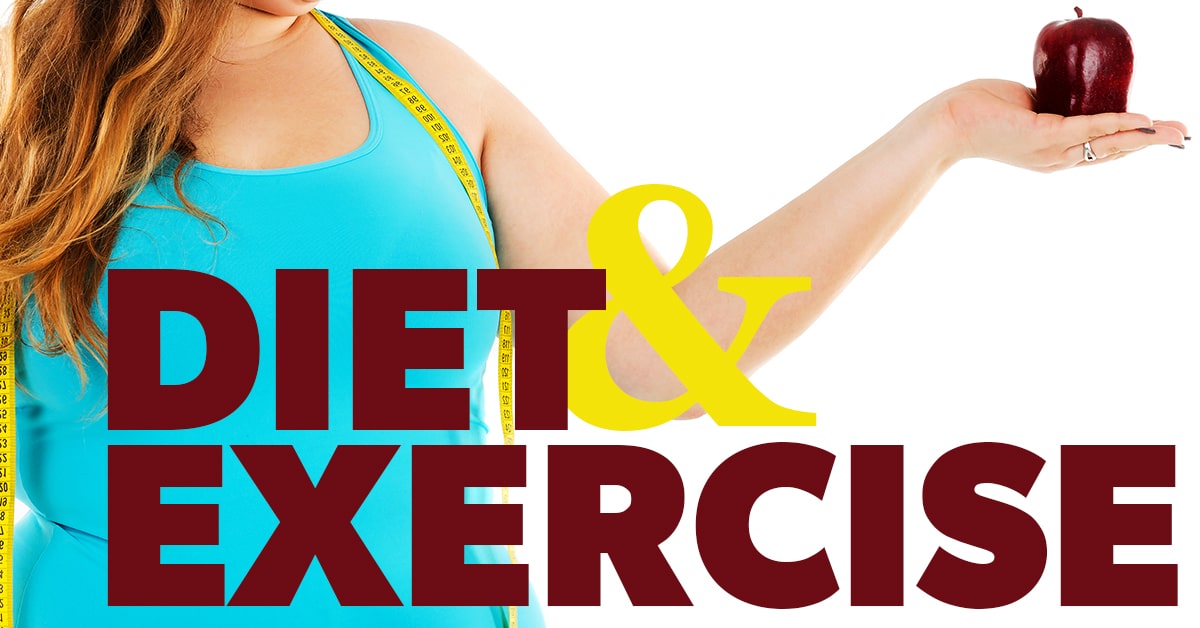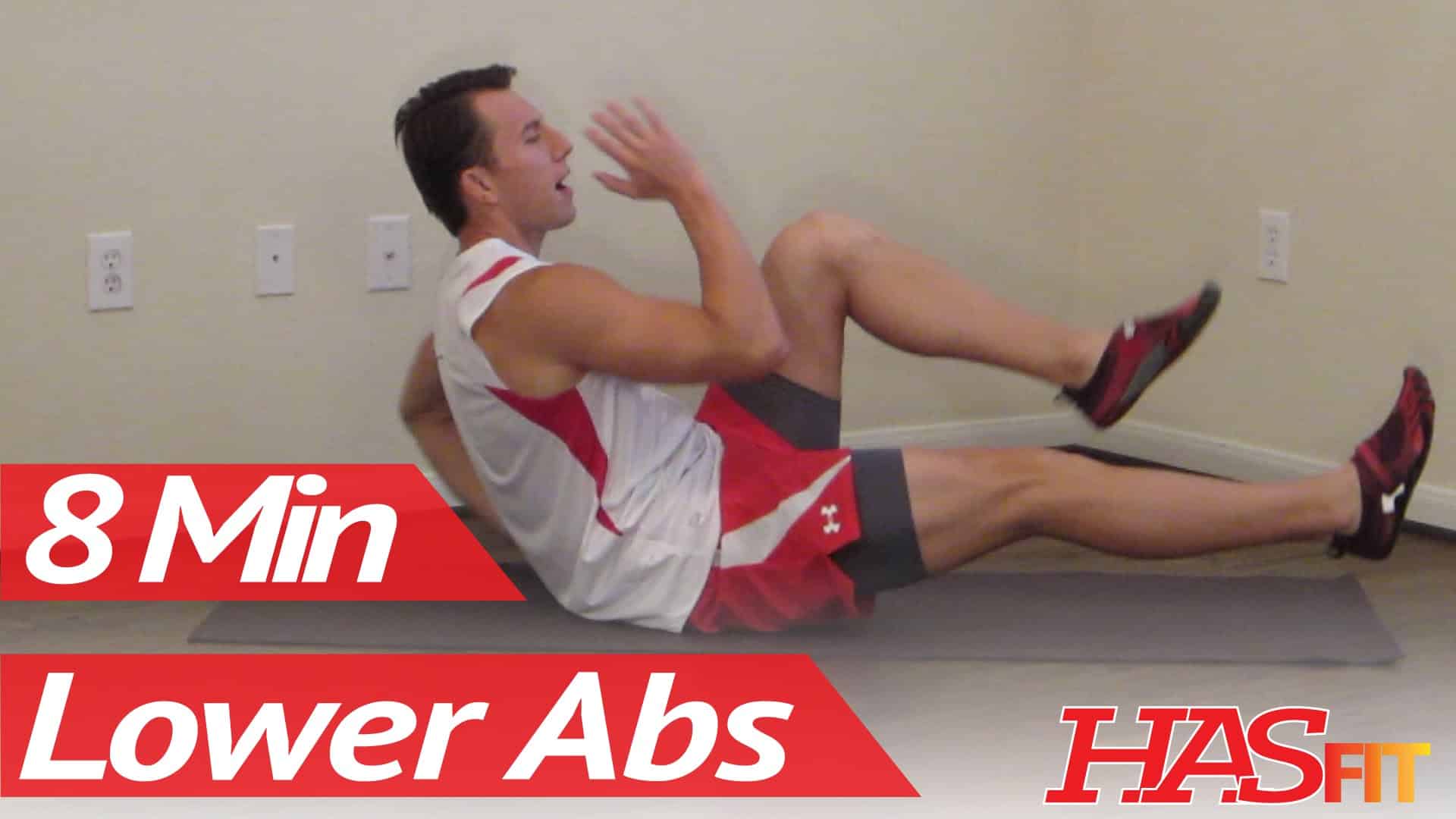The dawn of 2016 brings with it the age old tradition of setting New Year’s Resolutions. The problem is, most of us set them, but (according to statistics) most of us fail, forget about, or disregard them all too quickly. So, how do we succeed in our high minded ideas of personal change? Nutritional Scientist Mike Polis MS, RD, LD, has come up with some pretty strong advice to make sure you make the most out of your 2016 resolutions, whether they are fitness and body goals or business and internal achievements.
“During the contemplation stage of change, it’s best to explore all the goals you want to accomplish. Put your reservations on hold. Master your doubts and fears, and dream big. From that point, condense your goals and determine which ones are realistic and sensible for you to achieve with the resources you have.” – Mike Polis MS, RD, LD
According to Mike, achievable and focused goals are all about getting “SMART”.
- S – Specific
- M – Measurable
- A – Attainable
- R – Realistic
- T – Time-bound
Now, lets break it down, starting with “S” (SPECIFIC). Establishing a clear, concise goal lays the groundwork for defining a precise objective. Define your goal & write it down. Why do you want it? How will you achieve it? Actually writing your goal down conditions your mind to think about and focus on it more so than just saying it.
“M” (MEASURABLE). By establishing specific criteria for monitoring and tracking your progress, you are more likely to stay on track. If you’re just starting out, embarking on a transformation journey, simply logging your dietary intake on paper is a great place to start. The more that you keep track of your progress, the more you will want to keep going.
“A” (ATTAINABLE). Attainable nutrition and fitness goals relate back to what you are willing to do, and what you are capable of doing. We can hinder ourselves by creating simple enough goals but ones that go against our own personal mindset. If you hate broccoli, don’t make a resolution to eat broccoli every day because you’re not only doing something you don’t like intentionally, but you’re more likely to give up. This almost always leads to failure which only sets our bodies and, more importantly, mindset in a worse place than starting off. Set goals you can stick with!
“R“ (REALISTIC). It may sound simple, but all too often we find ourselves setting our sights too high. How many times have you thought, or heard a friend say something like, “I want a six pack in three weeks!” A six pack could be realistic, but in three weeks? For most of us, probably not. These types of goals set you up for failure, and more damaging, they set you up for disappointment in yourself. Fitness and nutrition goals are so admirable no matter how extreme or small, so to make yourself feel bad about them because you didn’t hit such a lofty target is against the whole principle of resolutions in the first place.
“T” (TIME-BOUND). Make a resolution that has an end date. There is some pretty smart and simple science behind this idea. A goal such as, “I will lose 10 pounds” or “I’m going to run every weekday” sounds like an attainable and realistic goal, but the problem is, without an end date to look forward to, any lapse can be a total downfall or excused away too easily. “All goals—both short- and long-term—should have a set deadline by which you wish to achieve them. Human beings are less likely to procrastinate when faced with a target date by which we want to accomplish a specific goal.” So instead of, “I want to lose 10lbs,” try a more time-bound goal such as, “I want to lose 10lbs by Easter.” This keeps you focused and determined not to miss your dat. When you get to Easter, then you can reflect on your progress and start a new goal, looking forward to another milestone ahead of you.






